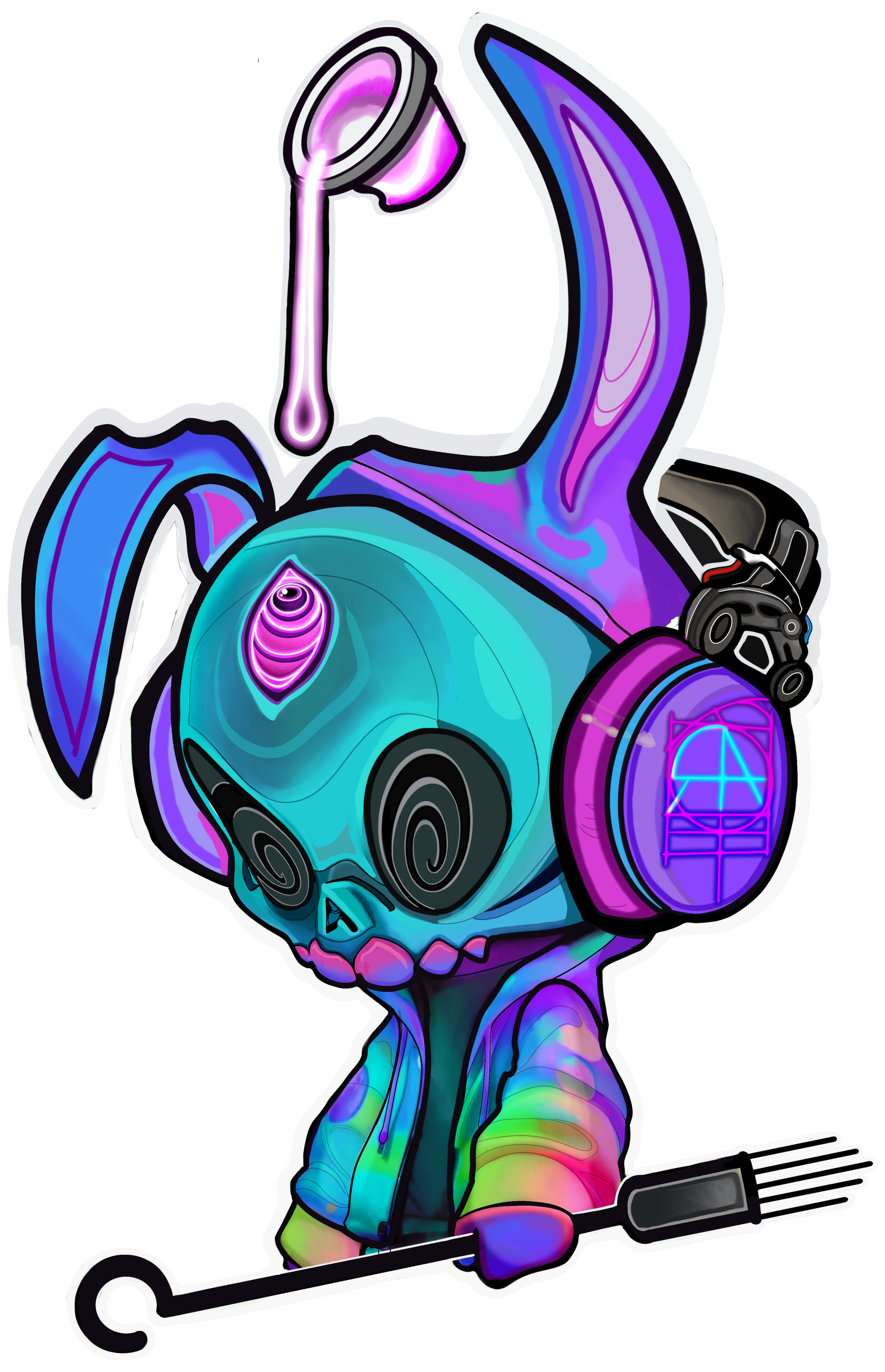Woven in Heritage: The Sacred Art of Samoan Tattoos
Introduction
In the heart of Polynesia lies a vibrant tapestry of cultural heritage woven into the art of tattooing. Journey with us as we dive into the rich history of Samoan tattoos, exploring their deep cultural significance, spiritual connections, and the skilled artisans who keep this sacred art form alive. From the ancient rituals of Pe'a and Malu to the revival of Tatau in modern times, we unveil the indelible mark of Samoan tattoos on the islands and beyond.
I. The Origins of Samoan Tattoos
Samoan tattoos, known as Tatau, are among the oldest and most sacred forms of body art in the world. The art form has its origins in ancient Polynesia, with legends suggesting that the deity Taema and her brother Tilafaiga introduced tattooing to Samoa. Tatau was more than just an adornment; it was a rite of passage, a symbol of identity, and a way to connect with the spiritual realm.
II. Tatau: A Sacred Rite of Passage
Tatau played a central role in Samoan society as a rite of passage into adulthood. The process was not only a testament to an individual's physical and mental endurance but also a reflection of their commitment to their culture and community. The Pe'a, the traditional male tattoo, covered the body from waist to knees, while the Malu, the female tattoo, adorned the thighs. Each tattoo carried its unique meanings and stories.
III. The Symbolism of Tatau
Samoan tattoos are imbued with intricate symbolism, embodying the spiritual and cultural heritage of the islands. Every design, from the tufuga (tattoo master) to the pe'a and malu, holds deep significance. Symbols like centipedes, shells, and geckos are woven into the art, representing strength, protection, and spirituality. Tatau tells a visual story of the wearer's lineage, identity, and connection to the land and ancestors.
IV. The Fading Art of Tatau
The art of Tatau faced challenges during the colonial era, as missionaries and outsiders perceived it as pagan and sought to suppress the practice. The decline of traditional Tatau was further exacerbated by modernization and changing societal norms. However, efforts by cultural enthusiasts and skilled tattooists have led to its revival and celebration in contemporary Samoan culture.
V. The Modern Resurgence of Tatau
In recent years, Tatau has experienced a resurgence as a powerful symbol of Samoan identity and cultural pride. Skilled tattoo artists like Su'a Sulu'ape Alaiva'a Petelo and Sulu'ape Steve Looney have played instrumental roles in preserving and reviving this ancient art form. Today, Tatau has transcended borders and captivated the global tattooing community, garnering appreciation and respect for its cultural significance.
Conclusion
Samoan tattoos, Tatau, stand as living testaments to the resilience and cultural heritage of the islands. The intricate designs and symbolism woven into each tattoo represent more than just body art; they encompass the spirit and soul of Samoa. As the art form continues to thrive and resonate with new generations, Tatau remains a revered and sacred practice, embodying the strength, identity, and rich traditions of the Samoan people.
